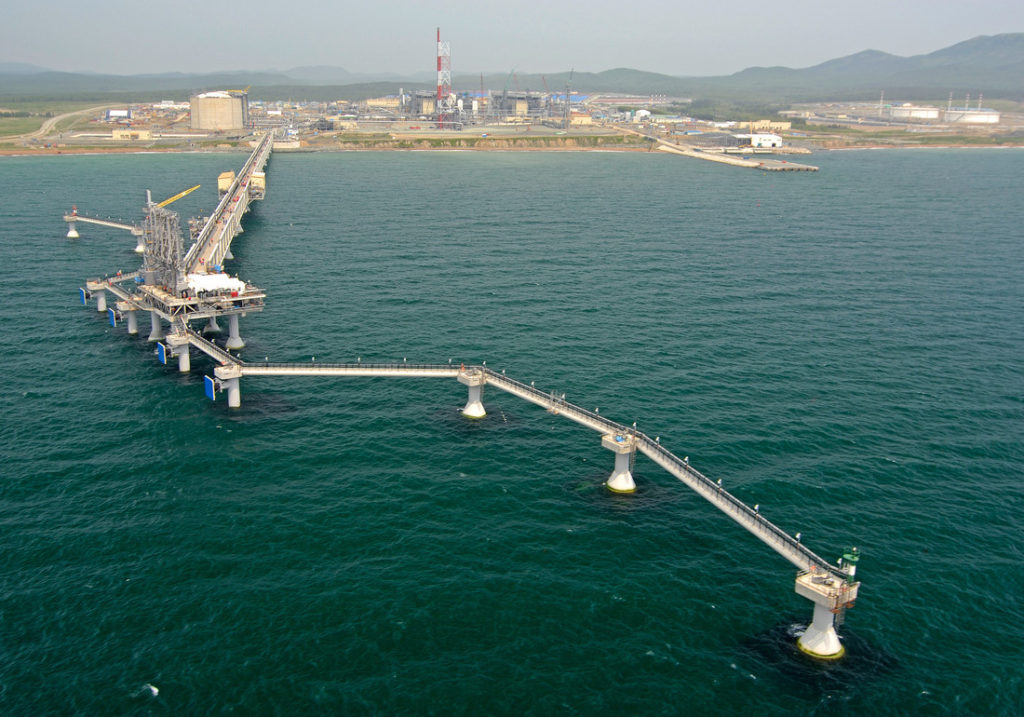EU increases its imports of Russian liquefied natural gas in six months

The European Union spent approximately 4.48 billion euros ($5.22 bn) on Russian liquefied natural gas imports during the first half of 2025, marking a significant increase from the 3.47 billion euros ($4 bn) spent during the same period in 2024, according to data from Eurostat reported by Deutsche Welle.
The figures reveal that Russian LNG imports rose by nearly 30 percent year-over-year, even as the bloc maintains various sanctions against Moscow. Total EU LNG imports for the first six months of 2025 reached 26.9 billion euros ($3.13 bn), with the United States supplying the largest share at 13.7 billion euros ($1.6 bn).
“The United States was the largest LNG supplier to the EU in 2024, accounting for almost 45 percent of total imports of this raw material,” the European Commission data shows.
Russia continues to supply pipeline gas to the EU through a single route – the Turkish Stream pipeline. “These supplies are intended only for several countries, such as Hungary and Slovakia,” Deutsche Welle reports.
Russian LNG reaches Europe via maritime tankers, with deliveries that increased in 2024 but declined again from early 2025. The EU received approximately 5.7 billion cubic meters of Russian LNG between January and March 2025.
Current sanctions framework creates an uneven playing field for Russian energy products. “Russian oil is mainly subject to the EU embargo introduced in 2023. Sanctions on Russian gas apply only to pipeline gas and provide exceptions for Budapest and Bratislava,” Deutsche Welle notes.
The absence of LNG restrictions has allowed continued purchases by major EU economies. “Regarding liquefied natural gas from Russia, the European Union has not introduced restrictive measures. It was actively purchased, in particular, by Spain, France, the Netherlands and Belgium. At the same time, Austria, Poland, and the Baltic countries voluntarily refused gas from Russia earlier,” the report states.
The data underscores broader patterns in EU-Russia energy trade. In 2024, the European Union spent approximately 21.9 billion euros on Russian fossil fuel imports – only 1 percent less than the previous year. This amount exceeded the 18.7 billion euros in financial aid the EU provided to Ukraine during the same period.
Separate reporting indicates potential circumvention of energy sanctions through third countries. Between March and April 2025, Spanish ports received 123,000 tons of diesel fuel from Morocco, despite experts noting that Morocco has not operated oil refineries since 2016, making diesel purchases for re-export economically questionable unless the fuel has competitive pricing.